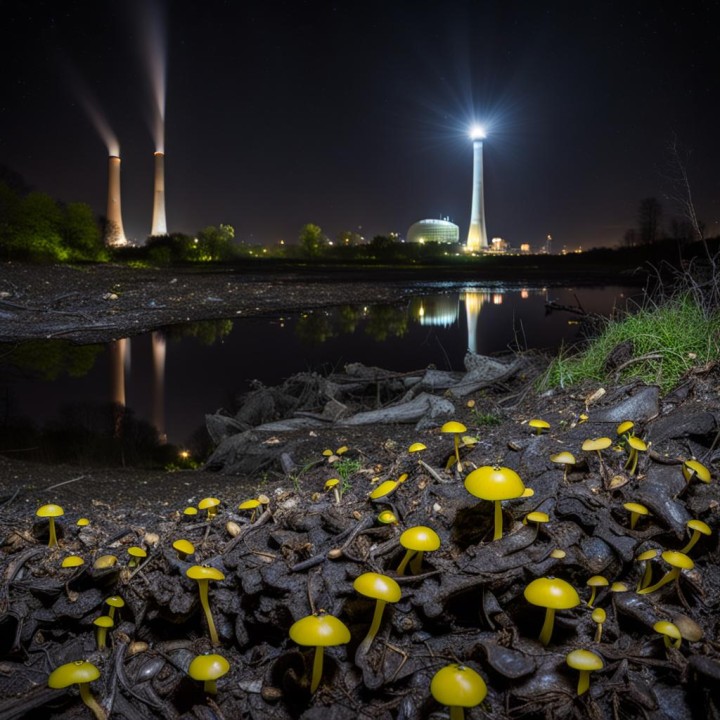|
By Grayson Patrick Trent
The Chernobyl fungi's melanin forms concentric layers, creating a formidable dark shell. The researchers found that exposure to ionizing radiation altered the electrochemical structure of fungal melanin, enhancing its ability to act as a reducing agent and transfer electrons. This discovery paved the way for a theory suggesting that fungi might utilize ionizing radiation as a source of energy—a revelation with implications reaching beyond our terrestrial boundaries.
The prospect of radiotrophic fungi contributing to renewable energy and biomaterials opens new frontiers. Could these fungi replace traditional plants in arid regions, producing valuable sugars and biomaterials? Speculative ideas extend to the realms of space, envisioning radioprotective fungi as self-replicating building materials for extraterrestrial colonies.
Yet, in the midst of these possibilities, the realm of radiotrophic fungi remains shrouded in mystery. Collaborations between mycologists and plant biologists, akin to the symbiotic relationship between fungi and radiation, hold the key to unlocking the full potential of this extraordinary life form. Radiotrophic fungi are like nature's mystery detectives, helping us learn new things about how living things can survive and change. They show us that fungi, melanin (a special color), and radiation (strong energy) might be really important for keeping living things safe and happy. Imagine we're explorers, stepping into a world of fungi we don't know much about.
We're asking a big question: What else can these strange fungi teach us about how living things work with energy and light? It's like a cool adventure, discovering the secrets of how life and energy can be friends.
Read more, here.
0 Comments
Your comment will be posted after it is approved.
Leave a Reply. |
Topics & Writers
All
AuthorsGreg Walters Archives
July 2024
|



